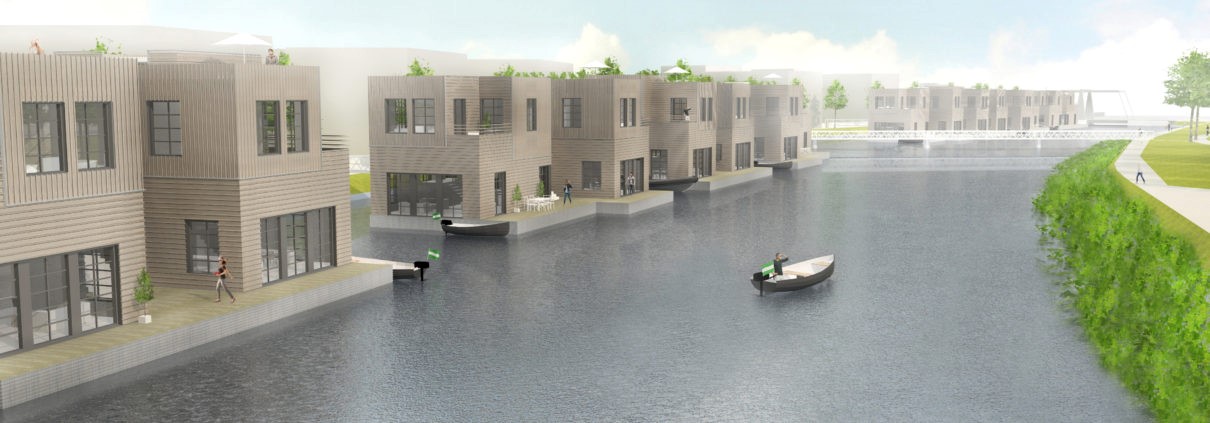Insights
Living challenges series: responding to reduced space.
Part 2: Compact living, car parks, and the death of single-use buildings.
Our cities provide insight into the future of urban living. This Living Challenges series looks at how the problems society is facing are being turned into possibilities…
According to the United Nations, the world population is expected to reach 9.8 billion people by 2050, 70 percent of which is likely to live in urban areas and cities. With reports that there are a total of 1.3 million people moving into cities across the globe every week, even if the housing market could keep up, is there enough space to accommodate the required rate of growth?
The possibilities:
It’s possible that future city residents will have grown accustomed to more compact living. There’s a lot that can be learned from residences in cities such as New York and Hong Kong, where compact living has been embraced. Flexible co-living spaces will help with this, but smaller homes will likely be designed to stricter guidelines than we have now around daylight, outdoor access, biophilic design, and other wellbeing measures.
One thing is also clear; single-use buildings are dead. Or, if you prefer a less sensationalist statement, let’s say they’re in the process of dying.
Single-use buildings are being replaced with hybrid destinations and multi-use districts.
Already, the annual Design Forecast from the Gensler Research Institute has shown that the mixed-use living environments we’re seeing “unlock the possibilities of a diverse, urban lifestyle and breathe new life into cities”.
Will future city-centre homes become blended spaces where hotel guests come and go, where people work flexibly, eat, drink, socialise, study, shop, and even receive healthcare? Seema Mistry believes this will be the case: “We’ll start to see more housing developments that can provide student living, flexible workplace and residential spaces, retirement living, and even co-living. From a developer’s point of view, it will be about de-risking the lifecycle of the building by making sure it can flex with different demands.”

We’re also already seeing innovative solutions that could create homes in more unusual places. The recent Out of Thin Air – One Year On study identified the area of land associated with all exposed rail tracks in London’s 1-6 fare zone. If a conservative 10 percent of the space had 12-storey-high buildings, 280,000 new homes could be created. There are serious noise, vibration, ventilation and associated air quality issues to resolve with this, but it’s a distinct possibility for our future cities.
Carpark creativity
Meanwhile, Apartments for London is already attempting to tackle the city’s current housing crisis by unlocking opportunities in existing structures: carparks. The offsite-manufactured fully-fitted apartments can be developed above existing carparking sites. Seema explains: “Our CEO found that, when his kids moved to London, they were spending the vast majority of their income on rent and weren’t left with what they needed to go out and enjoy what London has to offer.
For us, unlocking under-used space is all about creating affordable housing to keep the city sustainable – it won’t grow if young people can’t afford to move here.
“It’s not hard to build above a carpark; there are plenty of shopping centres etc that already do that, but we wanted to do it as quickly and efficiently as possible. In turn, we then leave that carpark in operation – delivering a better facility back to the public sector. Private companies collaborating with the public sector in this way could be key to unlocking city-wide development at scale and providing a win-win for all.”

And what if there’s eventually no land left in our cities? Well, in Nassauhaven, a neighbourhood of floating homes in unused harbours is currently being designed. Lightweight aluminium-framed and timber-clad homes will float on a platform of ‘unsinkable’ concrete and polystyrene, which rises and falls with the tide by about two metres each day. It seems expanding onto water – whether rivers, harbours, or newly-created bays – is a distinct possibility.